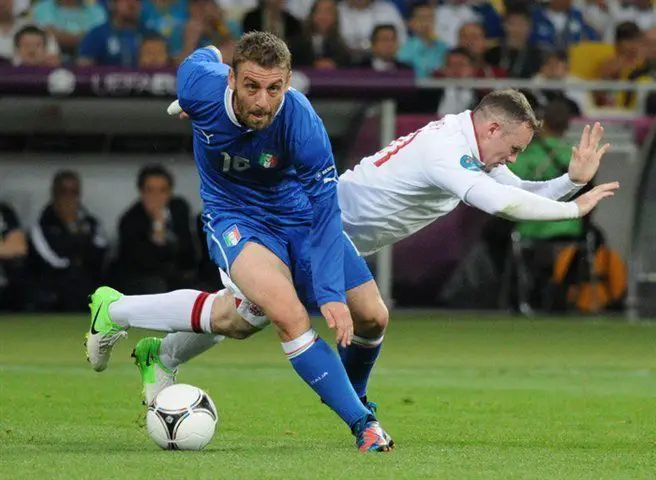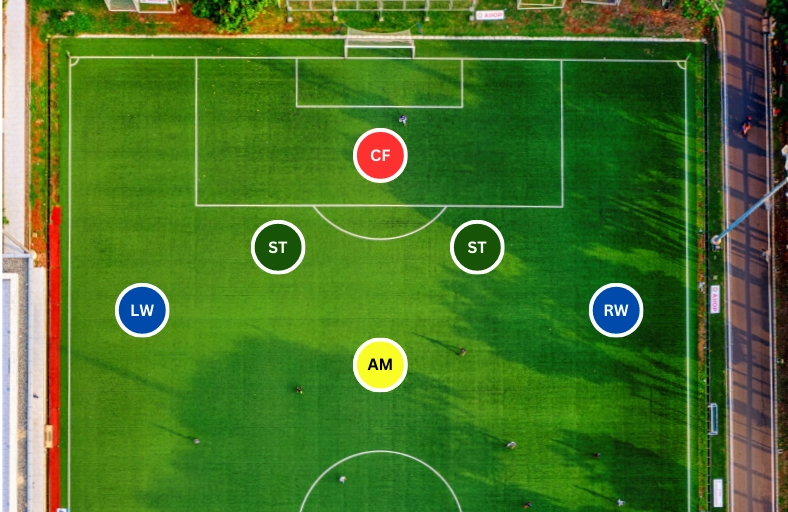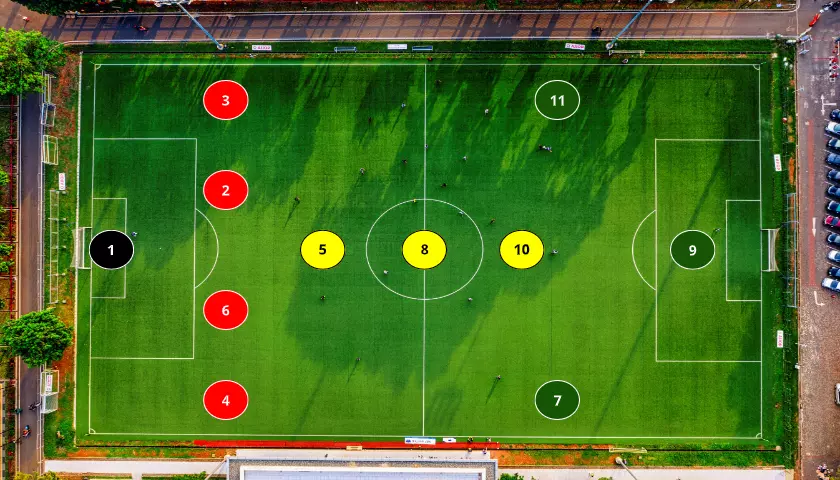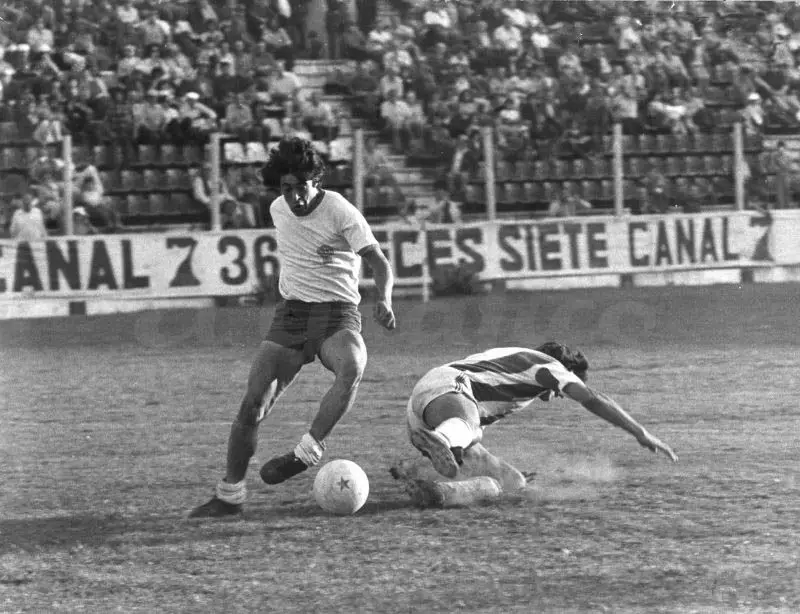5 attributes every defensive midfielder must have

Over the years, successful teams have used various tactics and styles. The popularity of some roles in the field is often affected by trends in global football. Defensive midfielders or central defensive midfielders (CDM) is one of those roles. In today’s football, defensive midfielders are key players in most teams. This post discusses some of the attributes you must have to be a defensive midfielder.
Conditioning – The fittest player in the team
It is a given that every player in the team should be fit to play. However, defensive midfielders are usually the players with the best work rate on the field. Good defensive midfielders work tirelessly, chasing down every ball sideline to sideline. They are in charge of breaking opposition attacks before reaching the defensive line.
A defensive midfield is involved in most passages of the game. They defend, but they also distribute the ball to other midfielders and make supporting runs to help transition to attack. Therefore, defensive midfielders are fitter than everyone else and have to give 100% for 90 minutes or more.
Defensive skills – Can play as a defender when needed
As the role title implies, an excellent defensive midfielder must have defensive skills. They pressure opponents, make sliding and standing tackles, and intercept passes when they are made. In summary, they become an extra defender when the play requires it.
Javier Mascherano is a clear example of this. Mascherano played a classic defensive midfielder position for Argentina and centre back for Barcelona.
Positioning – Always at the right place at the right time
Good defenders hardly ever make a standing tackle. The same goes for defensive midfielders. They can only achieve this by having a strong ability to read the game. Defensive midfielders anticipate their opponent’s next move to stop attacks before they develop.
Positioning is not only required to defend. For example, defensive midfielders also need to be at the right place to provide passing opportunities to their defence and midfield to transition into attack.
Passing – Success rate is 100%
A defensive midfielder has to pass crisply and accurately. This is because they are the link between the defence and the midfield. In some scenarios, they even pass the ball into space for the forwards to run into.
When recovering the ball from an attack, they often have to pass the ball back to the defence to reorganize the team. A bad pass in this scenario can be fatal. It can provide a direct shoot to goal for an opposition striker. If lucky, the opposition striker still has one defender to dribble. Whatever the scenario, a bad pass to the defence leaves the team in a dangerous situation.
Passing has to be accurate also when transitioning into the attack. Often a defensive midfielder sits behind the midfield, and the opposition attacking players are close by, ready to intercept passes. A ball lost in the attack by the midfielder will become a direct attack from the opposition.
Because of the scenarios described, the defensive midfielders’ passing rate has to be high. Therefore, they are often masters 1 & 2 touch football and keep the flow of the game simple.
Leadership – A strong personality that lifts the team in times of need
Defensive midfielders are constantly organizing their defence and midfield. They are often loud, borderline obnoxious to rivals and even teammates. They are the commanding voice in the locker room, often demanding things from their coaches and the club board on behalf of the team. Perhaps, one of the reasons for this is that they are usually intelligent people and, as said before, read and understand the game better than most players.
This characteristic is why so many defensive midfielders are named team captains and often become team managers when they retire. Legends of the game like Lothar Matthäus and Didier Deschamps are two clear examples of this. Both players lead their teams to win World Cups and are now managers. Pep Guardiola is another legendary defensive midfielder that is now a very successful coach.
If you are thinking of becoming a defensive midfielder or coaching a team, keep in mind the above characteristic. A defensive midfielder needs the perfect balance of all of them. For example, choosing the fittest player to be a defensive midfielder only because of their high work rate may be pointless if their passing is below average.
Leave your comments below. We are keen to hear your thoughts. If you want to read more posts like this, please subscribe to our newsletter.



